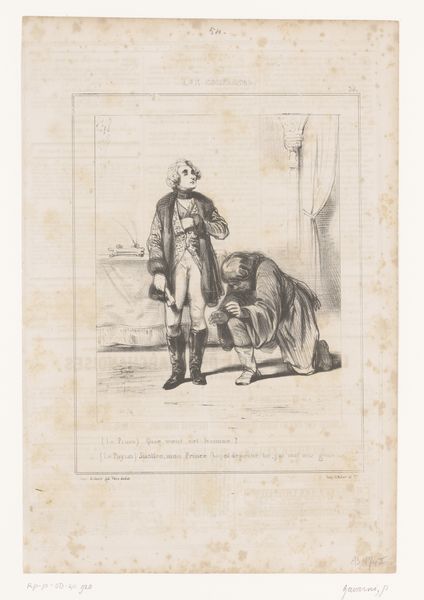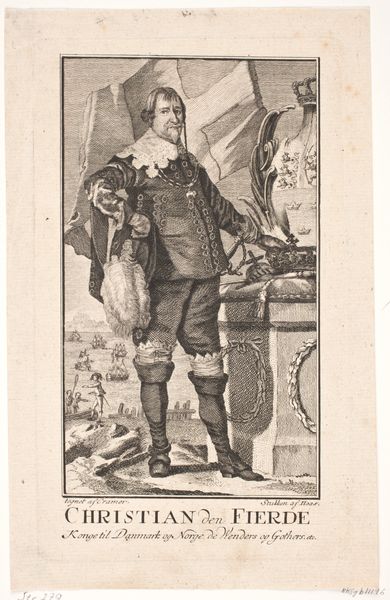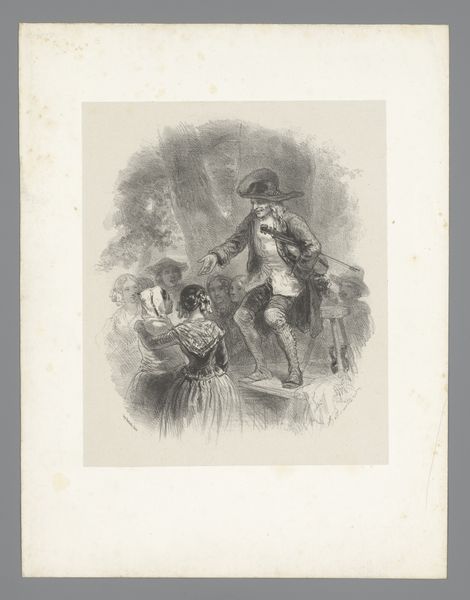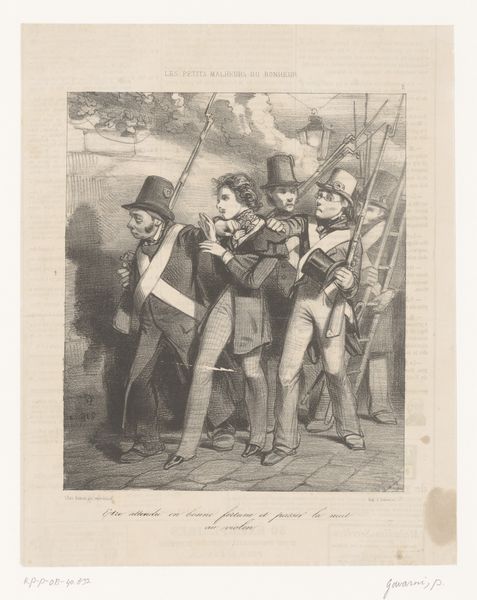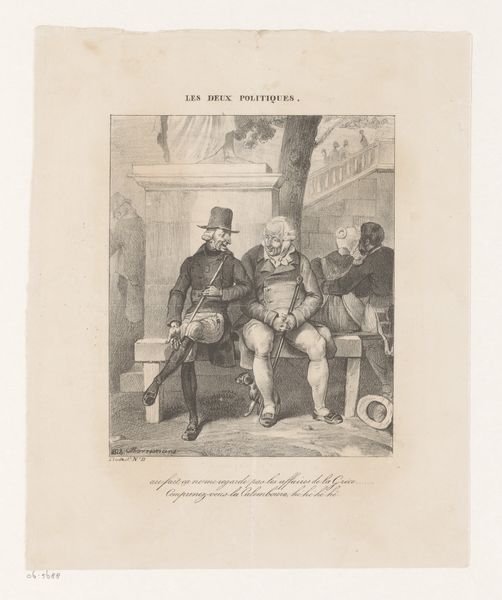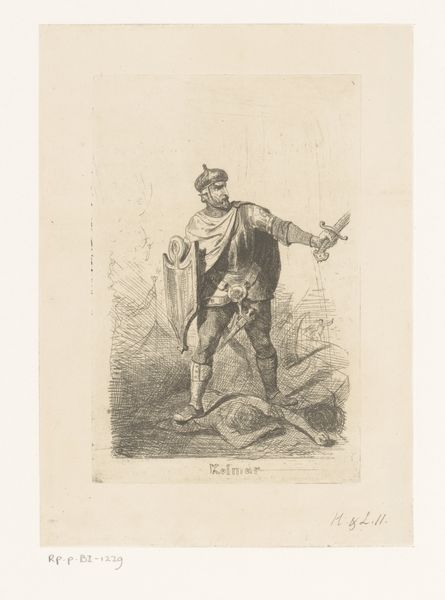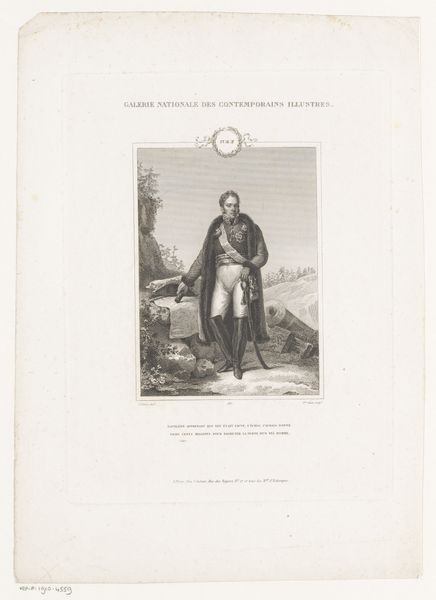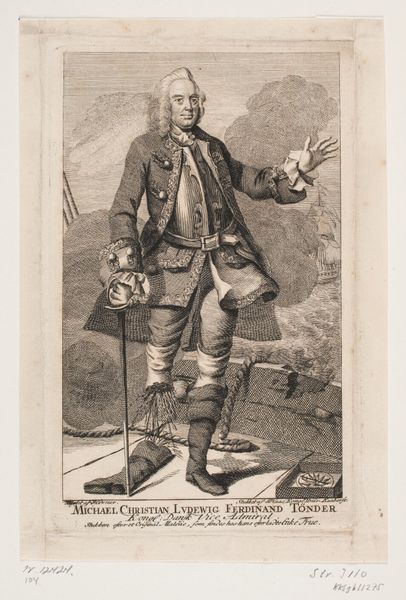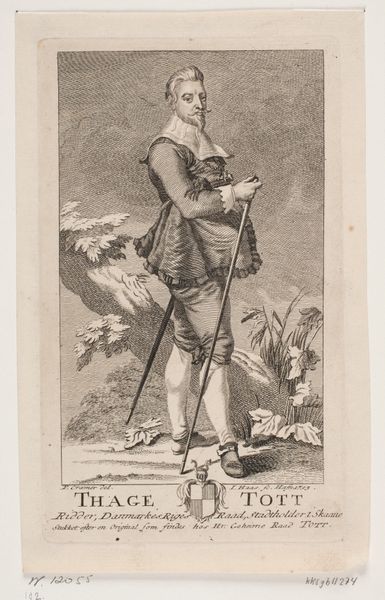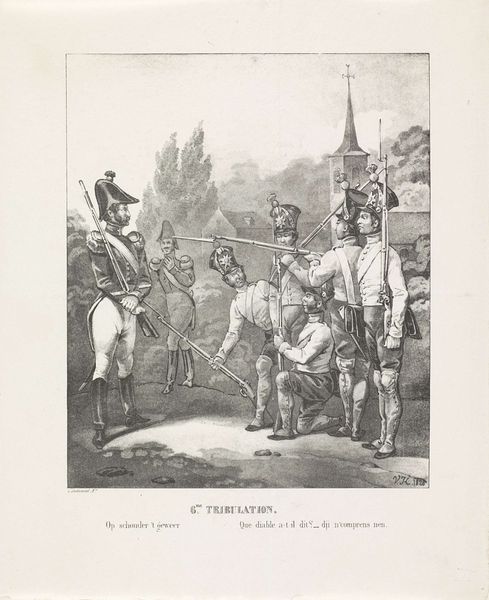
print, engraving
#
portrait
#
dutch-golden-age
# print
#
figuration
#
11_renaissance
#
pencil drawing
#
history-painting
#
academic-art
#
graphite
#
engraving
Dimensions: height 367 mm, width 299 mm
Copyright: Rijks Museum: Open Domain
This is Carel Christiaan Antony Last's portrait of Maurits, Prince of Orange, made with lithography, a printmaking technique that democratized image production in the 19th century. Lithography allowed for the relatively quick and inexpensive reproduction of images, a distinctly modern answer to traditional portraiture. Here, Last’s image is meticulously rendered, achieving subtle gradations of tone that mimic the effect of a finely detailed drawing. Yet the medium speaks to the rise of mass media and its influence on how we perceive images of power. The artist’s choice to employ this reproductive method, rather than traditional painting or sculpture, suggests a shift in the perception of Maurits. Lithography implies that he is not just a unique individual but a figure to be circulated and consumed. The image's inherent reproducibility reflects the changing nature of power and the rise of a media-driven society. It’s no longer about the singular, hand-crafted artwork, but the power of the multiple.
Comments
No comments
Be the first to comment and join the conversation on the ultimate creative platform.
